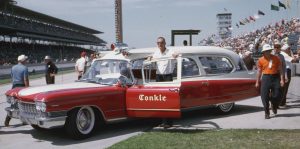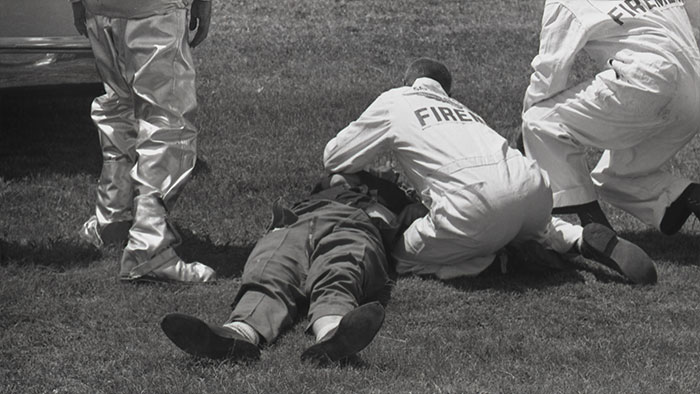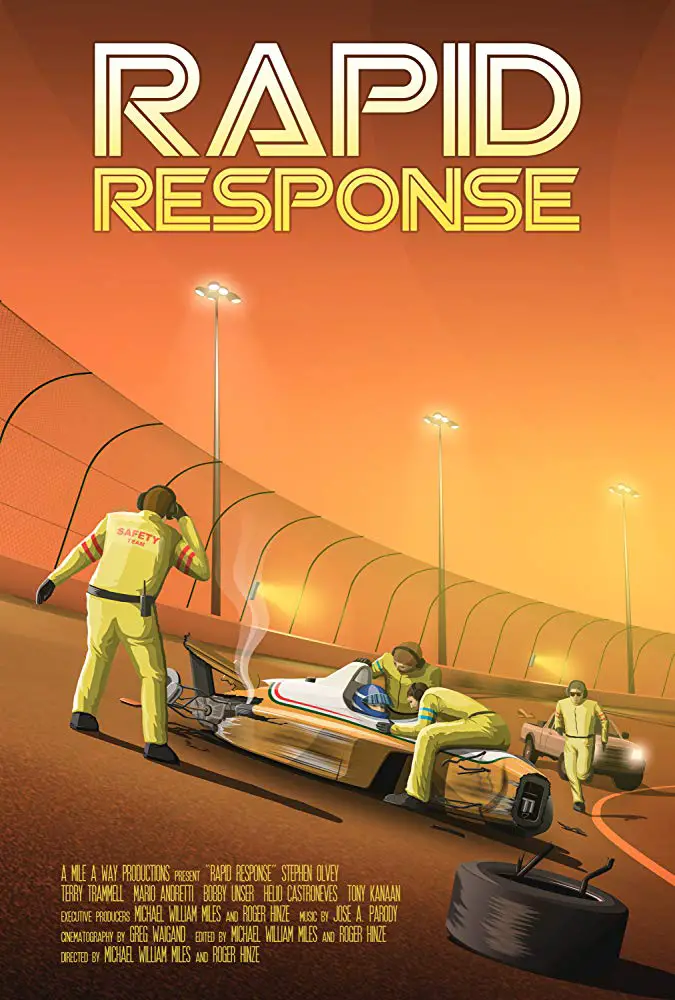
The documentary then details the organization of safety requirements of a medical team on the field. Who should be on the race track? Who’s in charge during an accident? Where do you take them to get the appropriate care? The task was to stabilize a driver and give him the medical attention necessary to save his life.
Over the years, the industry headed straight to the forefront of concussion research. Racing was one of the first sports to research concussions, establish protocols when a concussion occurs, and banning drivers from racing if they were not in the condition to drive. One concussion meant you were automatically out of the next race.
Many accidents, deaths, and careers were lost from the design of the car itself. Olvey and his associates would team up with General Motors and use their facilities to make minor safety tweaks to the design of vehicles and install “black boxes” for future research. One simple change was increasing the distance from the front of the car to the driver, so his legs were not crushed in a collision. Simple, right?

“…does border on becoming the professional racing version of Red Asphalt.”
Near the end of the film, is an incident at the Texas Speedway, when a race is canceled for the first time for medical reason. It was discovered that 20 of the 22 drivers were becoming dizzy behind the wheel due to the G-forces they were experiencing on the track. The race could not continue until the situation was resolved.
Personally, I found the subject matter fascinating. I love some sports. Auto racing is not one of them, but I also love stories about saving lives and how innovation and technology is a part of that. Dr. Steven Olvey is knowledgeable and engaging as the primary subject with famous drivers sprinkled in like Mario Andretti, Terry Trammell, Al Unser, Helio Castroneves, Rick Mears, and more.

"…a race is canceled for the first time for medical reason"
